1. Check the refrigerator door seals.
A loose seal allows cool air to seep out, wasting energy and causing your fridge to work harder than it needs to. First make sure the seals are free of food residue. (Clean them about twice a year, using a toothbrush and a solution of baking soda and water.) Then try the dollar-bill test: Close the bill in the door so that half is in and half is out. If it slips out easily, you may need to have the door seals checked by a quality appliance repair company.
2. Keep your refrigerator coils clean.
When the condenser coils are covered with dust, the refrigerator can’t run efficiently. Twice a year you should pull the machine from the wall to reveal the coils in back (or snap off the grille, if the coils are on the bottom front), unplug the refrigerator, and vacuum with a brush attachment.
3. Set the right temperature.
Keep the fridge between 37 and 40 degrees Fahrenheit and the freezer at 0 degrees.
4. Keep your refrigerator full as much as possible
Refrigerators need to be full to maintain low temperatures. Cool foods and drinks help absorb warm air that streams in when you open the door. If you’re the eat-out type or your fridge is too big for your needs, your refrigerator is most likely working overtime. Storing bottled water bottles will help.
5. Be prepared for power outages.
If the power goes out, keep the doors closed and use foods from the pantry. An unopened refrigerator will keep food safe for four hours; a freezer will maintain its temperature for 48 hours if full and 24 hours if half-full.
If you have any questions or concerns about your appliance maintenance procedures, please give us a call, we are happy to help.
South Bay: (310) 318-3538
Long Beach: (562) 633-3390



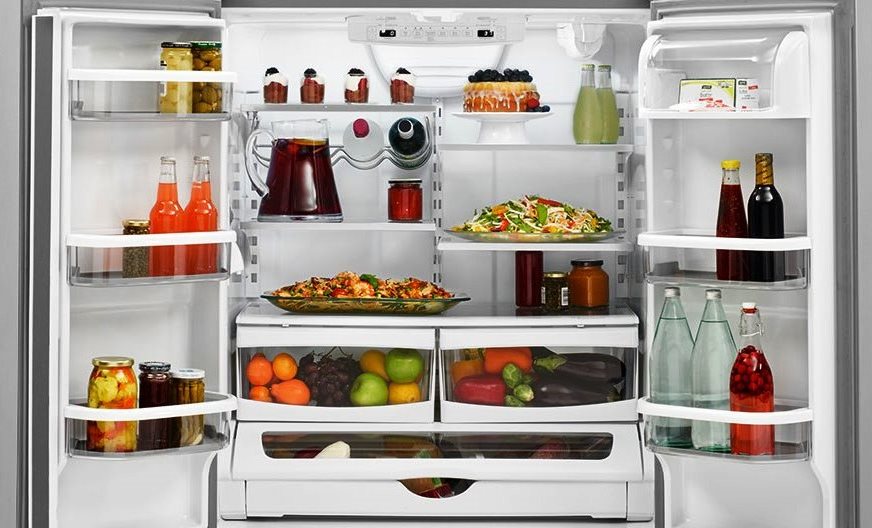
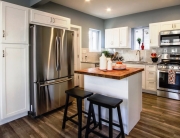
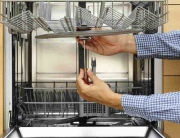

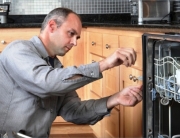
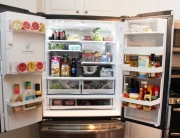





















Recent Comments